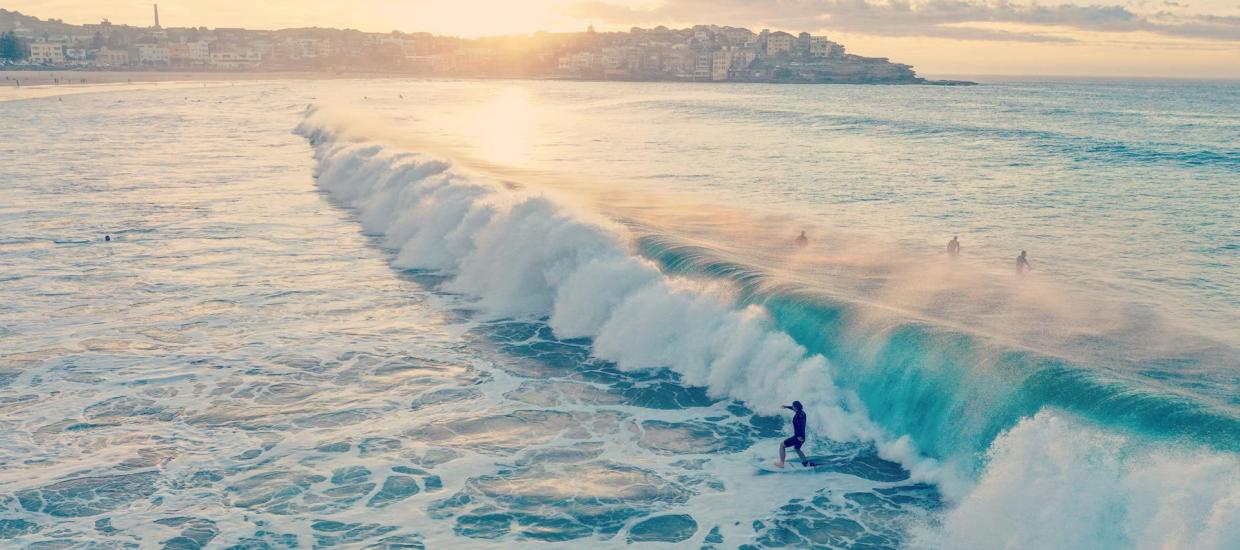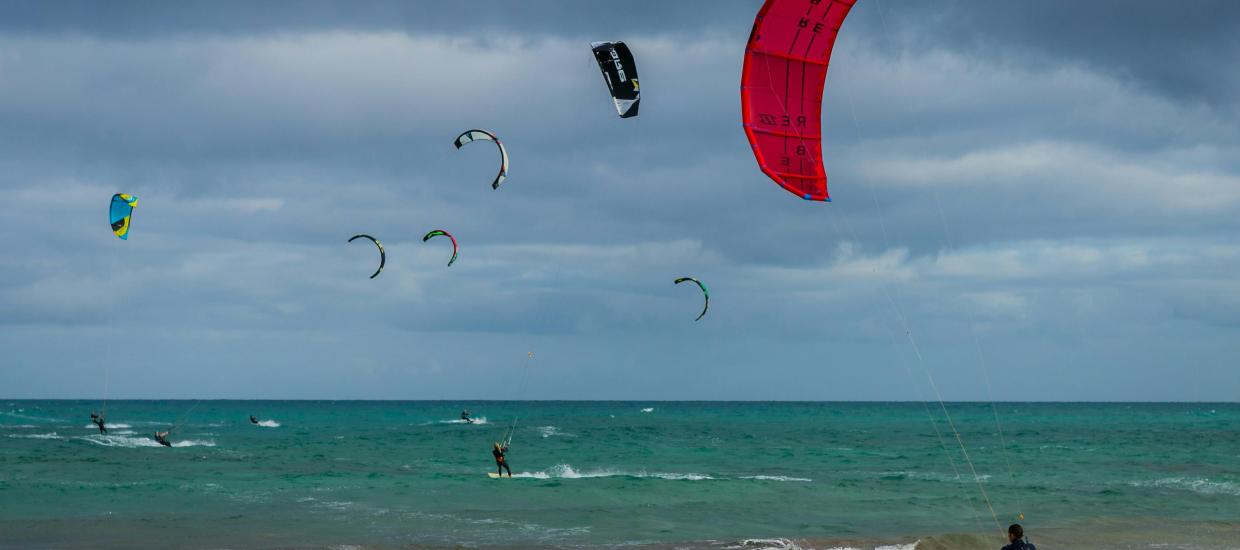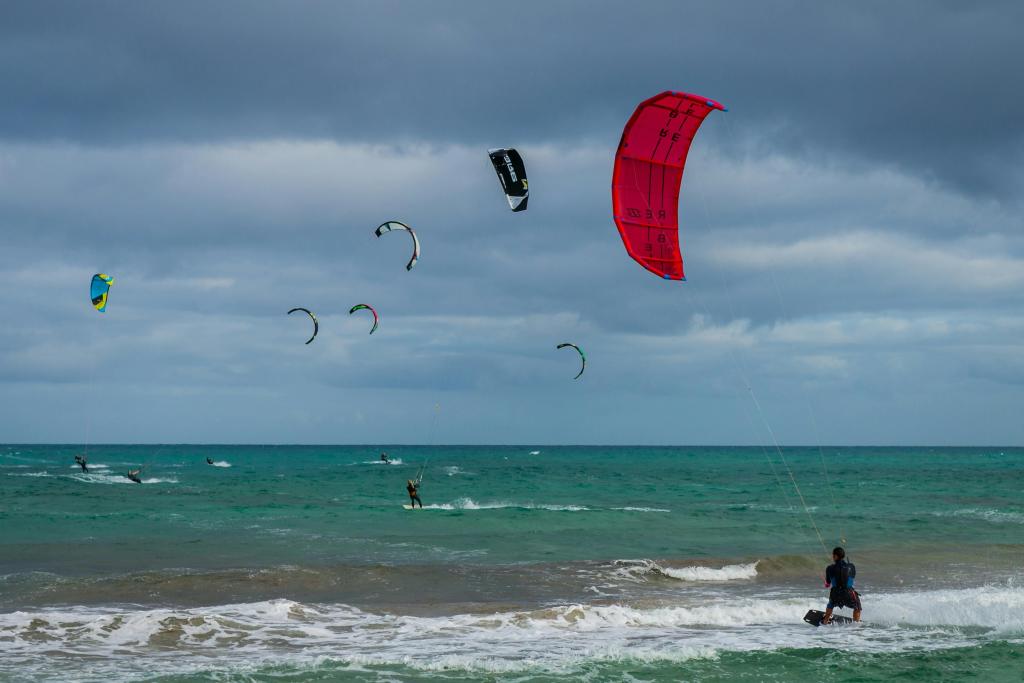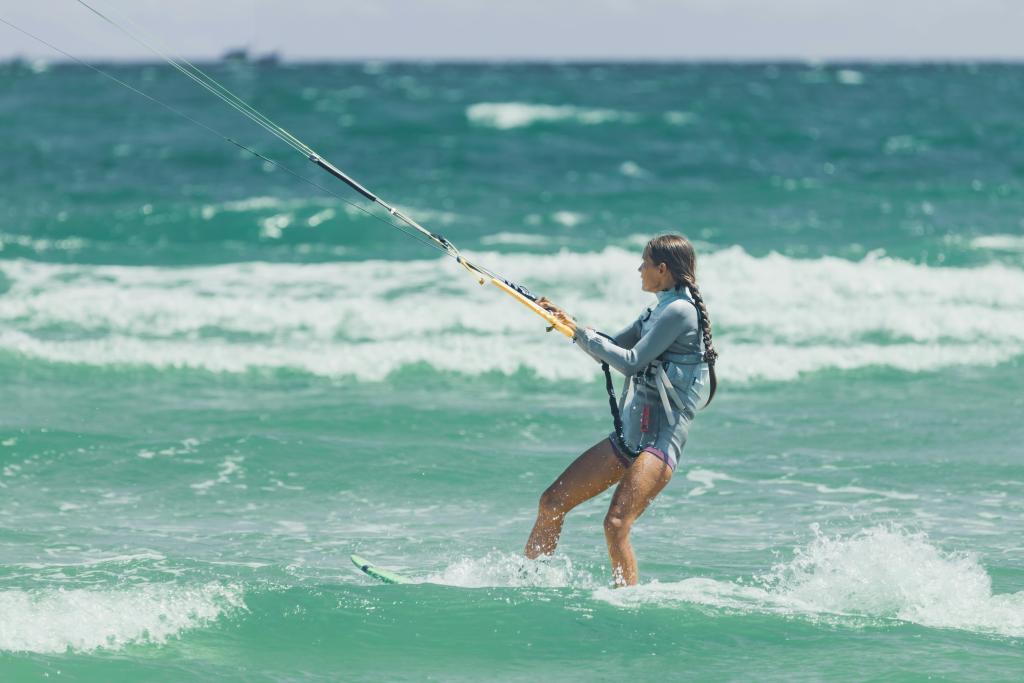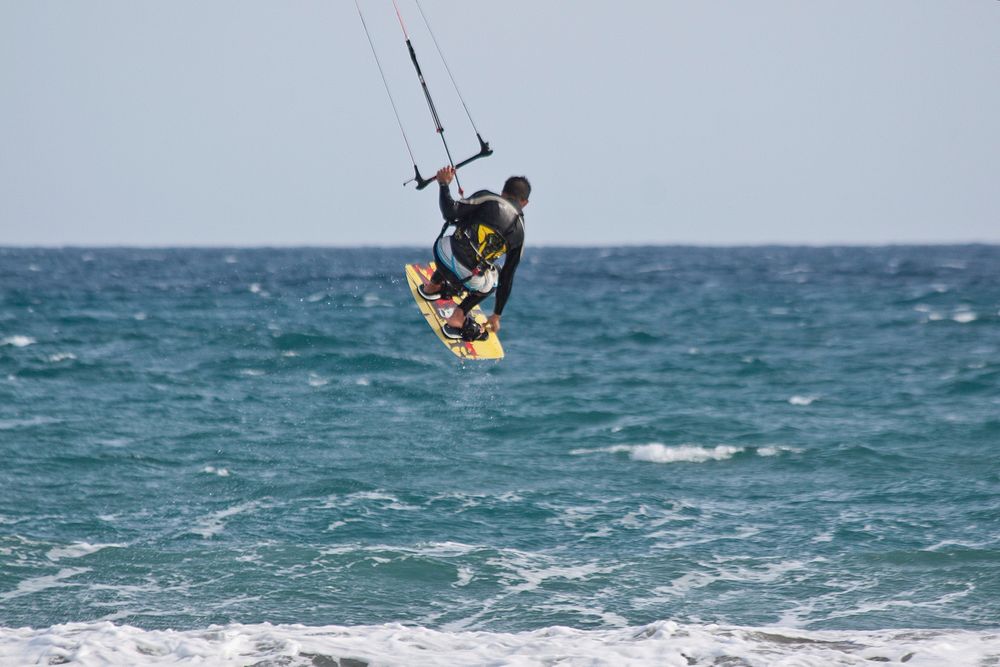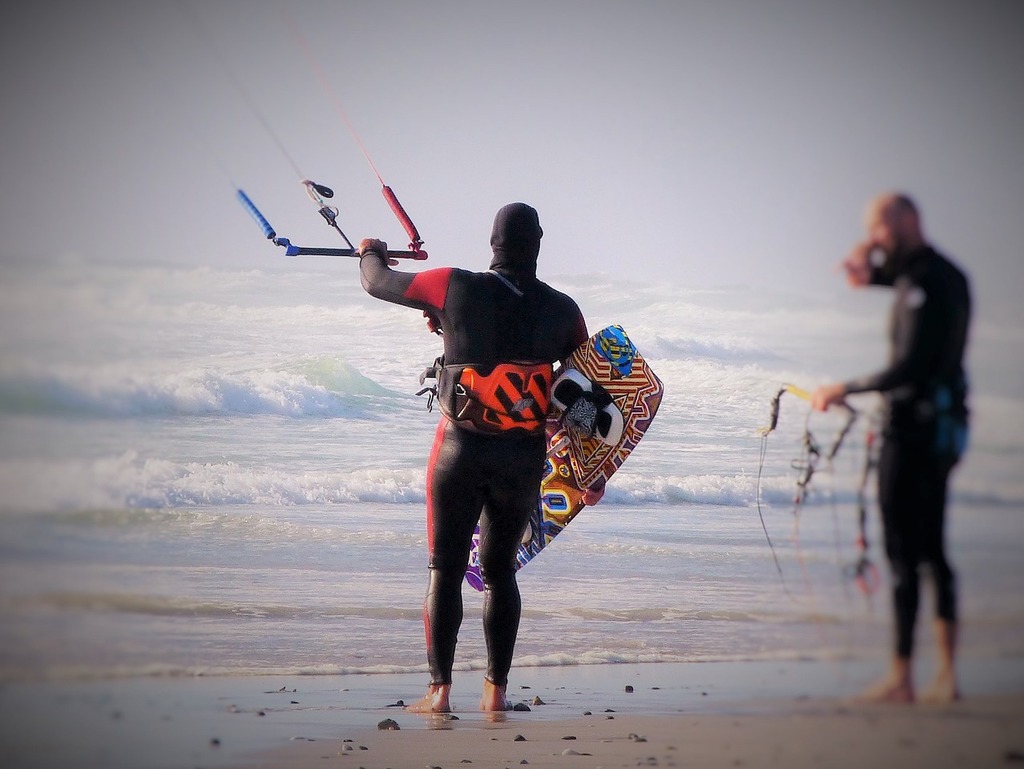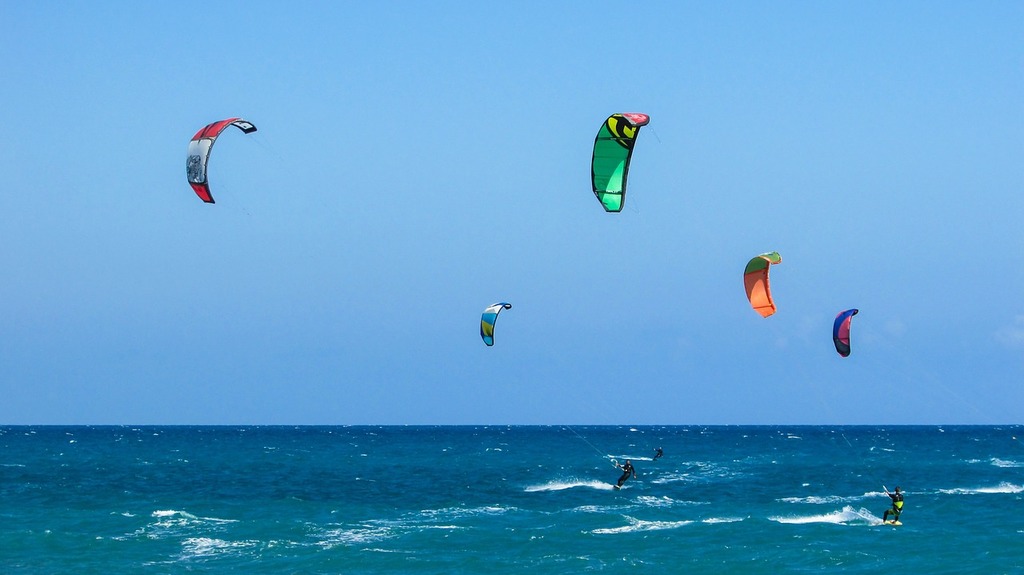Estimated reading time: 8 minutes

The U.S. coastline offers an array of prime surf spots for beach lovers with a passion (or curiosity) for surfing. These high-performance breaks, reliable swells, and distinct surf cultures are worth planning around. Whether you’re carving winter barrels on the Pacific or enjoying mellow summer lines along the Atlantic, location matters—not just for the quality of waves, but for access. It also matters for local knowledge and seasonal consistency. From the Northeast to California, each coast carries its own rhythm of tides, wind patterns, and bottom contours. These features shape a regional identity that seasoned surfers recognize and relish.
This guide outlines seven of the country’s top surf destinations, chosen for their wave quality and diversity of breaks. These spots also appeal to experienced riders with a home base near the water. Each spot reflects the surf potential of its region, all worthy of your board bag’s attention. This list represents but a handful of some of the best—but there are so many more. Let’s paddle out.
Montauk, New York – Upper East Coast

At the eastern tip of Long Island, Montauk has long been a mainstay surf spot for committed surfers in the Northeast. Its strategic location between Long Island Sound and the Atlantic allows it to catch a wide range of swells, especially from late summer through fall hurricane season. Ditch Plains is the most iconic break here, known for its long, rolling lefts and scenic cliffs. The water gets cold fast, but with a proper wetsuit, fall sessions offer clean lines and manageable crowds. Montauk’s mix of beach and reef breaks makes it versatile. It appeals to longboarders and shortboarders alike. For homeowners in the region, this spot combines access with variety—and delivers just enough punch to reward skill. For a throwback history lesson of Montauk’s early days of surfing and its turbulent history, visit the Montauk Library Archives.
Belmar, New Jersey – Mid-Atlantic

A well-kept secret that’s grown more popular in recent years, Belmar is one of New Jersey’s most reliable surf spots. Its jettied beaches help sculpt organized peaks, offering both rights and lefts that hold up well in northeast wind conditions. Hurricane season, running August through October, brings surprisingly powerful surf. These waves can match more heralded destinations. Belmar’s 16th Avenue beach is a local favorite for its consistent, hollow waves during solid swells. The city’s recent investment in beach infrastructure and boardwalk revitalization offers ease of access. Additionally, there is ample parking and post-session amenities—important for those living nearby or visiting frequently. The wave quality here, especially during hurricane season, consistently outperforms expectations.
Wrightsville Beach, North Carolina – Southeast Coast

Among the Southeast’s coastal offerings, Wrightsville Beach stands out for its consistency, year-round accessibility, and meditative sunrises. The area benefits from a blend of south and east swell exposure, giving it a relatively long surf season. While summer can be flat, tropical storm systems offer powerful bursts of activity. The fall months provide the cleanest conditions. The south end of the beach, near Crystal Pier, is known for its peaky beach break that accommodates a range of skill levels. Advanced surfers often seek out breaks closer to the jetty during bigger days. What elevates Wrightsville is the tight-knit surf community and support for the lifestyle. Gear shops, surf schools, and local events are well-integrated into daily life.
Cocoa Beach – Central Florida Coast

Cocoa Beach is the heart of Florida’s surf identity. Long associated with surf legend Kelly Slater and the state’s first real surf culture movement, this stretch of coast continues to be an iconic surf spot for wave riders looking for consistency over drama. While the waves here are rarely powerful, they are reliably surfable—especially around the Cocoa Beach Pier and Second Light. Sandbars are mellow, the paddle-outs are manageable, and wind conditions can align nicely for smooth morning sessions. The beach break is well-suited to longboarding, grovel boards, and smaller-wave shortboarding, making it an ideal everyday training ground for locals and visiting surfers.
The town’s infrastructure is built around the lifestyle: surf shops, board shapers, and coastal cafés are seamlessly integrated into daily routines. For beach homeowners in the region, Cocoa Beach delivers exactly what many surfers value most—access to frequent, rideable waves and a deep-rooted surf culture that’s still alive and evolving.
Westport, Washington – Pacific Northwest Coast

Surfing in the Pacific Northwest? Absolutely. Westport is the most accessible and surfable break in Washington State and widely regarded as the Pacific Northwest’s surf capital. Westport offers multiple breaks located on a narrow peninsula between Grays Harbor and the open Pacific, but the standout is The Groins. This jetty-structured beach break delivers long, punchy lefts and dependable peaks during the fall and winter. Thanks to its deepwater swell window and shifting sandbars, Westport can hold a wide range of swell sizes, with glassy conditions often found in the mornings before onshore winds pick up.
The water is cold year-round (typically in the 50s). Still, the trade-off is a less crowded lineup and scenery that borders on cinematic—dense evergreen forests meeting wide, windswept beaches. For surfers living in the Pacific Northwest, Westport represents a rare combination of consistency, accessibility, and legitimate surf quality. It’s not forgiving, but it is rewarding—and it anchors a growing, dedicated surf community that thrives despite the chill.
Ocean Beach, San Francisco – Northern California

Ocean Beach is the crown jewel of NorCal surfing, known for its power, unpredictability, and raw beauty. This stretch offers heavy, hollow beach breaks that rival any big-wave spot on the mainland when the conditions align. Sandbars shift frequently, and the paddle-out can be brutal, but experienced surfers relish the challenge. The best time to surf here is during autumn, when northwest swells combine with offshore winds to create clean, overhead waves. Ocean Beach is not for the casual rider—it demands fitness, experience, and local knowledge. But for surfers who live nearby and are willing to study its moods, it’s a fiercely rewarding break that delivers world-class sessions with far fewer crowds than Southern California’s point breaks.
Rincon, California – Southern California

Located just south of Santa Barbara, Rincon is one of California’s premier right-hand point breaks. On a good winter swell, it can deliver long, perfectly shaped walls that invite high-speed carving and offer rides stretching several hundred yards from the Cove through the Rivermouth. The wave’s shape allows for fluid, high-performance surfing and favors shortboards when the swell has enough size. Rincon demands patience—crowds are heavy on good days—but the reward is a wave that ranks among the best in the U.S. It breaks best from December through March, and for coastal homeowners, it represents the gold standard of California’s winter surf season. The surrounding area is also rich in surf culture and amenities, making the downtime just as enjoyable.
Within these outstanding surf spots spanning U.S. coastlines, serious surfers with beach homes have a strategic advantage: proximity to waves that define regions and reward timing. Whether you’re threading the rights at Rincon or chasing fall peaks in Montauk, these spots combine wave quality with cultural depth. Each one demands different strengths—local awareness, endurance, finesse—but all share one thing in common: they’re worth staying ready for. The more you understand your local break’s patterns and potential, the more these spots become not just places to surf—but places to thrive. For more about living your best beach life, visit Beach Homes Lifestyles.

